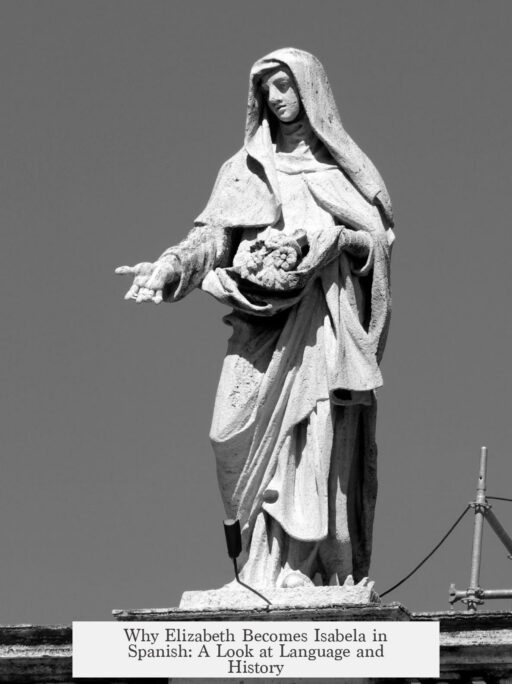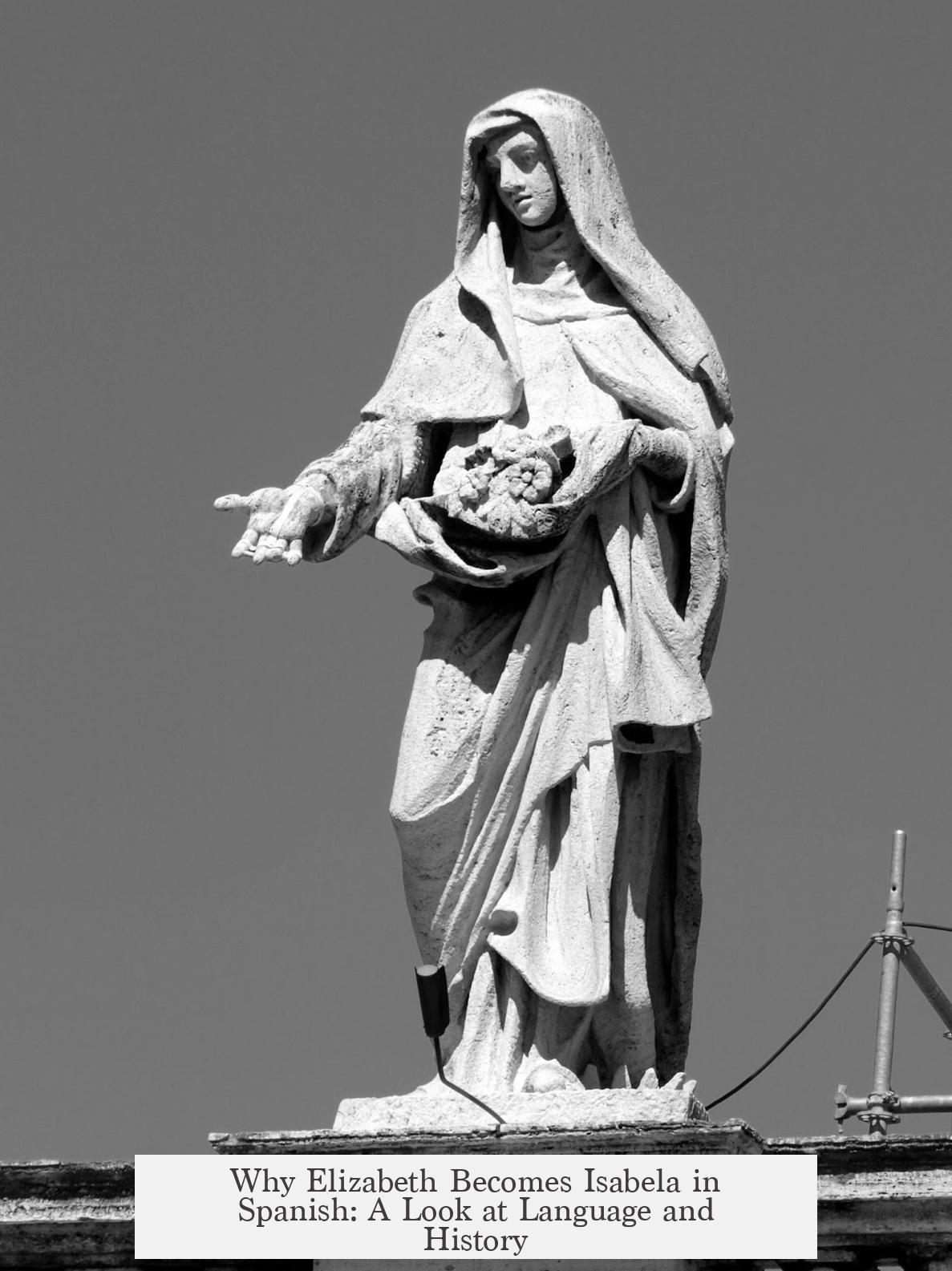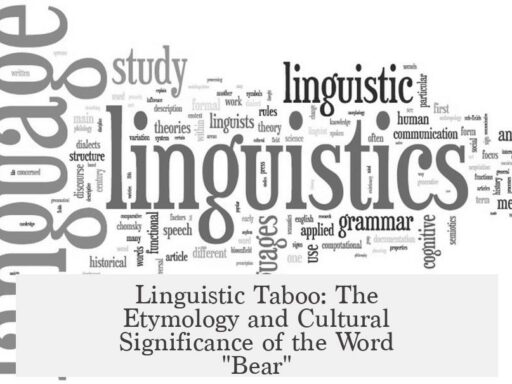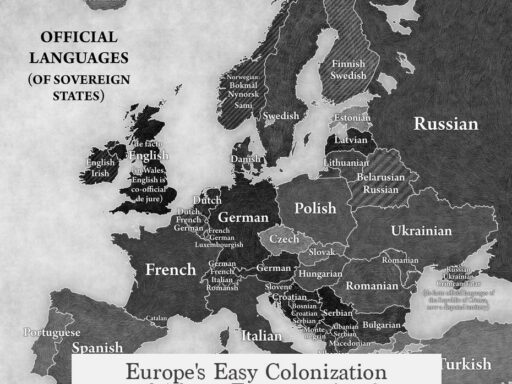Elizabeth is translated as “Isabela” in Spanish because both names share a common origin but evolved differently through linguistic changes. Both Elizabeth and Isabel trace back to the Hebrew name אלישבע (Elisheva). From there, the name passed into Greek as Ἐλισάβετ (Elisabeth) and into Latin as Elisabeth. Over centuries, languages adapted the name to fit phonetic and cultural patterns.
In medieval Mediterranean regions, particularly Catalonia and Provence, the original form Elisabet underwent changes. The initial “El-” was often dropped, leading to variations such as Elisabel, Elisavel, and finally Isabel. This evolution was not a translation but a natural linguistic shift, making Isabel and Elizabeth variants of the same original name in different languages.
The similarity between Elizabeth and Isabel is still noticeable. Both retain the key consonants “s” and “b,” reflecting their shared origin despite centuries of phonetic adjustments. Their divergence illustrates typical language evolution, where sounds change gradually, sometimes obscuring obvious connections.
It’s also important to highlight that “Isabella” is not the Spanish form but rather the Italian variant of Isabel. While the Spanish use “Isabel,” English translations sometimes adopt the Italian “Isabella” when referring to Spanish queens or noblewomen, a curious exception rather than a rule.
The name Elizabeth’s root is historically significant, linked to the biblical figure Elizabeth, the mother of John the Baptist. This connection influenced its widespread use and adaptation across European languages.
- Elizabeth and Isabel share one Hebrew origin: Elisheva.
- Isabel developed by dropping ‘El-‘ in medieval Mediterranean dialects.
- Isabel is the Spanish form; Isabella is an Italian variant.
- Linguistic shifts caused divergence, not actual translation.
- English sometimes uses ‘Isabella’ for Spanish noblewomen, not ‘Isabel.’
Why is Elizabeth Translated as “Isabela” in Spanish?
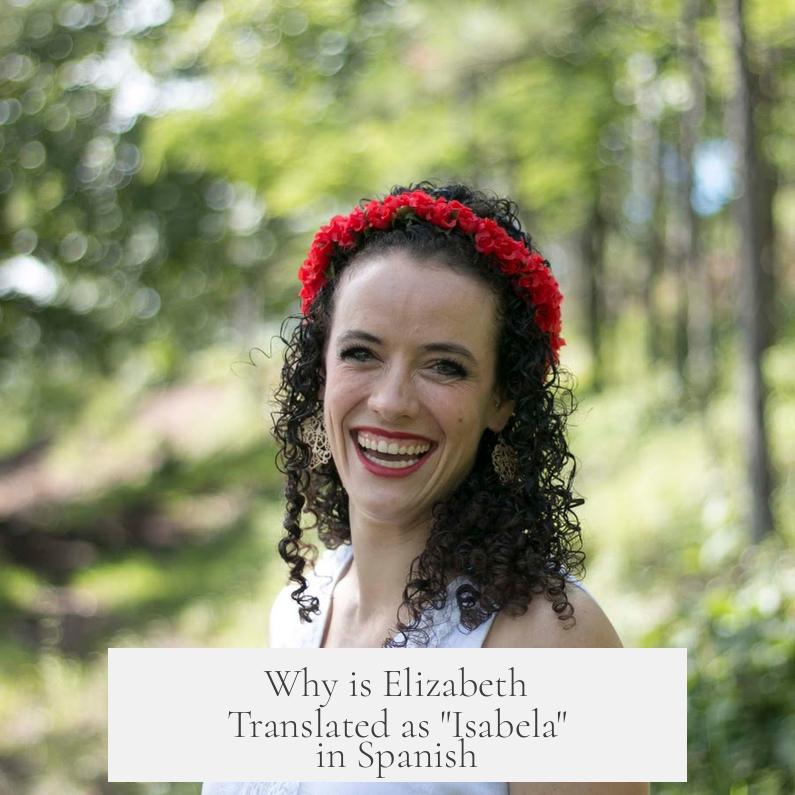
The simple answer is: Elizabeth and Isabel (or Isabela) are essentially the same name, stemming from a common ancient root, not a direct translation. Confusing? That’s totally normal. Let’s unravel the story, because the journey from Elizabeth to Isabel is one rich in history, language twists, and a touch of linguistic mystery.
Imagine the name Elizabeth as a globe-trotting traveler starting in ancient times. The tale starts back in Hebrew, with the name אלישבע (Elisheva). This name isn’t just some random string of letters; it holds meaning — typically “God is my oath.” Pretty powerful, right? This name then took a trip through Greek as Ἐλισάβετ (Eleisabeth/Eleisabet). Following that, it journeyed through late Latin, where scholars kept the name close to the original: Elisabeth.
The Drop of the El-: Enter Isabel
Now here’s a key linguistic twist. In the medieval regions of Catalonia and Provence, Elisabeth morphed into variants such as Elisabel, Elisavel, and Elisaven. Over time, the initial “El-” dropped off — kind of like a trendy haircut, the name got snipped down to “Isabel.” This wasn’t a translation but a natural linguistic evolution, a phonetic adjustment that happened as languages and dialects changed.
In other words, Isabel is a variant form of Elizabeth with the “El-” removed.
Not So Much a Translation, More Like a Language Twist
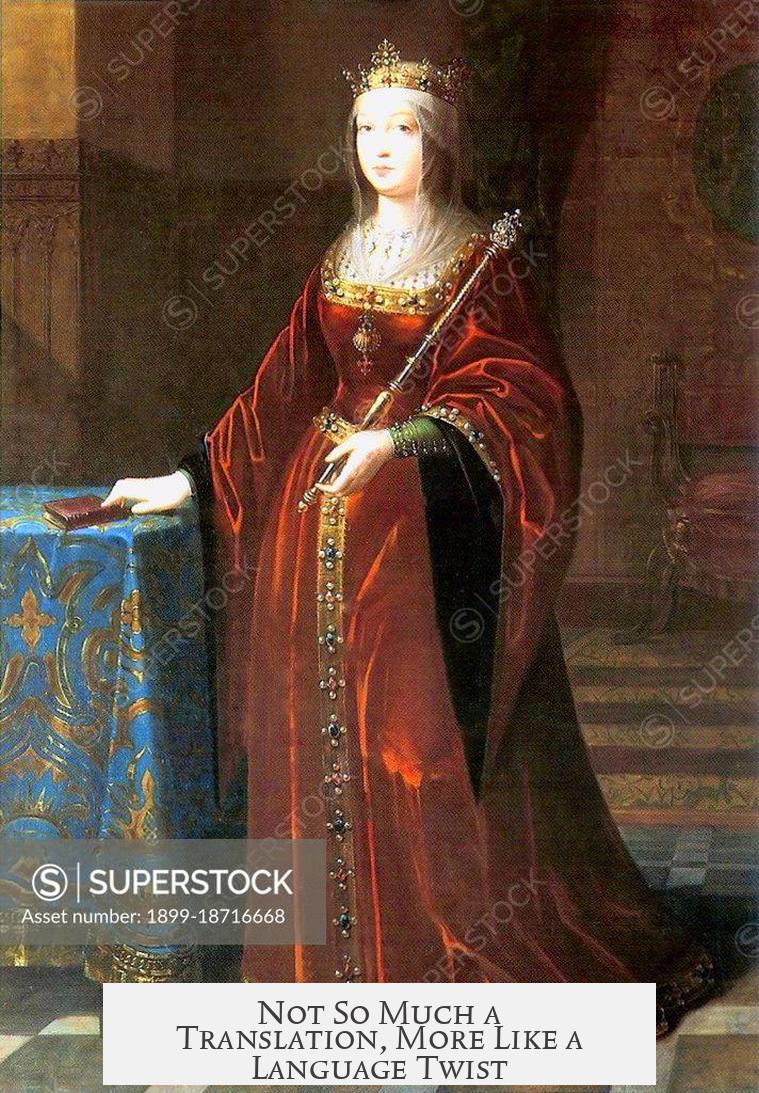
Here’s a secret: these names are not translated versions like “cat” and “gato.” Instead, Elizabeth and Isabel are the same NAME in different languages — English and Spanish respectively. This distinction is why you won’t hear a Spanish girl named “Elizabeth” or an English girl called “Isabel Elizabeth” without it sounding a bit out of place.
Think of it as linguistic cousins who occasionally visit each other but live mostly in separate neighborhoods. Both names retain similar sounds — especially the “s” and “b” — showing their familial bond, despite some differences in spelling and pronunciation over centuries.
Shared Traits Despite Linguistic Shifts
While English and Spanish sound worlds apart, many words share roots beneath the surface. Elizabeth and Isabel illustrate this perfectly. Their similarity echoes the shared history of these languages, even if the names don’t sound like exact twins now. The “s” and “b” give away their common lineage, much like how distant relatives might have a shared laugh or identical stubborn streak.
Interestingly, Elizabeth’s roots run through Latin, while English and Spanish, as broad languages, descend from even older tongues. Yet, the name’s journey remains tied tightly to the late ancient Latin version.
Time: The Great Linguistic Sculptor

Changes like dropping the “El-” don’t happen overnight. It’s a slow shift shaped by generations. With centuries rolling by, it becomes easier to forget that Isabel started as Elizabeth. This slow evolution explains why modern speakers often see them as separate names, not twins separated at birth.
The Name’s Sacred Origin
This name journey wouldn’t be complete without noting the remarkable figure behind it all: Elizabeth, the mother of John the Baptist. Her legacy gave the name a holy reference point, anchoring it firmly across cultures and making it a popular choice in Europe and beyond.
Isabella vs Isabel: The Italian Connection

Here’s where it gets more interesting. Many English speakers mistake “Isabela” or “Isabella” as the Spanish form. Actually, Isabella is Italian. The direct Spanish counterpart is Isabel. So why does English often translate Spanish queens’ names as Isabella rather than Isabel or even Elizabeth?
One theory points to English adopting Italian royal or noble forms to sound more exotic or prestigious in historical records. Italian Renaissance influence was massive in Europe, shaping arts, culture, and even how names were recorded or anglicized. So English speakers might say “Isabella” when referring to Spanish queens for a dash of glamor, rather than using the native Spanish Isabel or sticking to Elizabeth.
This quirky adoption shows how language and history mingle, impressing cultural choices onto names. It also explains the odd pattern where only queens and noblewomen get the “Isabella” treatment, not everyday Spanish speakers.
What Can We Learn from This Name Journey?
- Names evolve naturally: Just like people change, names morph over time shaped by dialects and culture.
- Translation isn’t always translation: Sometimes names aren’t changed but adapted to fit linguistic sounds better.
- Shared origins matter: Understanding where names come from connects us across languages and history.
- Don’t trust “obvious” spellings: Isabela might look Spanish to you, but it’s actually an Italian form.
So, next time you meet an Isabel or Elizabeth, you’ll know they’re kind of like twin sisters from different countries, wearing different outfits but sharing the same deep-rooted family history. Language might change their clothes, but the heart of the name beats the same.
Does your own name have such a fascinating backstory? Or perhaps you’ve noticed other names that morph in funny ways across languages? Language is playful like that — always ready to surprise us.
Why is Elizabeth translated as “Isabela” or “Isabel” in Spanish?
Elizabeth and Isabel share the same Hebrew root, Elisheva. Isabel dropped the initial “El-” over time, evolving from medieval forms like Elisabel and Elisavel.
Is Isabel a direct translation of Elizabeth?
No, Isabel is not a translation but a variant of the same name. Both come from the same original name but evolved separately in different languages.
Why does Spanish use Isabel while Italian uses Isabella?
Isabel is the Spanish form of the name, while Isabella is the Italian version. English often uses the Italian form when referring to Spanish historical figures.
How are Elizabeth and Isabel connected despite sounding different?
Both names retain key sounds like “s” and “b.” These similarities reflect their shared Latin and Hebrew origins, even though they now appear distinct.
Why did the name change so much over time?
Linguistic changes happen over many years. Names like Elizabeth and Isabel shifted as languages like Spanish and Catalan developed different forms.
